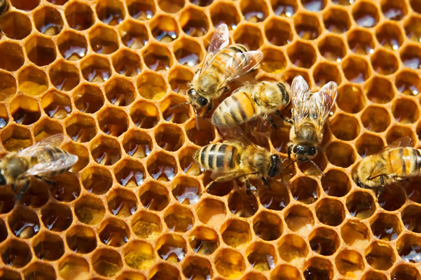Before this module I saw maths as a boring subject which I wasn’t very good at and had no interest in. However now that the module has finished I see maths as a fascinating subject, which I use on a daily basis without even realising.
Three months ago I wrote my first blog post saying how I never had a good experience with maths over secondary school and how the thought of doing this module scared me. I can now happily sit here today, and say how I think this module has taken away my fears and anxieties I had relating to maths. Throughout my life I always heard people say ‘im bad at maths’ or ‘I’m not a maths person’, which I think made me believe I wasn’t either. Throughout this module I have learned that this isn’t the case as maths is involved in nearly all aspects of my life from baking, participating in sports and even planning what train I’m going to get, and considering I make my dinner and make uni on time (most times) I must not be too bad.
I have thoroughly enjoyed learning the four principles Liping Ma speaks of, ‘to fully promote mathematical learning’ (Ma, 2010, pp.210). Having a knowledge of the four principles connectedness, multiple perspective, basic ideas and longitudinal coherence will help me to ensure I teach my pupils about the links between mathematical topics and how each mathematical topic depends on one another. It will also remind me to promote the many different ways there are in order to reach an answer to a maths problem (Ma, 20100.
I am no longer scared at the thought of teaching my future class maths, as iv learned it doesn’t have to be all fractions and percentages from a textbook, instead I am exciting to make maths creative and show pupils the relevance of maths in their daily lives. One of my new aims I want to have as a teacher is to avoid maths anxiety in my classroom by incorporating the 6 ways I have learned maths anxiety can be avoided. These six things include: playing maths games, being aware of my own attitude towards maths, practising the subject with my class, getting rid of the idea that someone ‘cant be good at maths’, giving help from an early stage and getting children to shake off mistakes (Lee, 2016).
Lee, K. (2017) How You Can Help a Child Who Has Math Anxiety. Available at: https://www.verywell.com/how-you-can-help-a-child-who-has-math-anxiety-620833 (Accessed: December 2017)
Ma, L. (2010). Knowing and Teaching Elementary Mathematics: Teachers’ Understanding of Fundamental Mathematics in China and the United States. 2nd ed. New York: Routledge.



